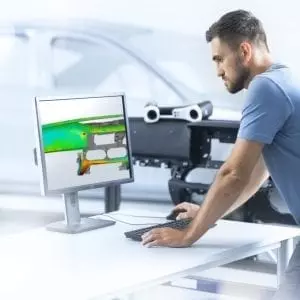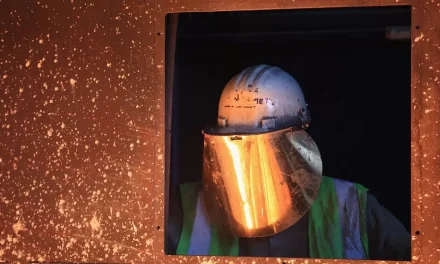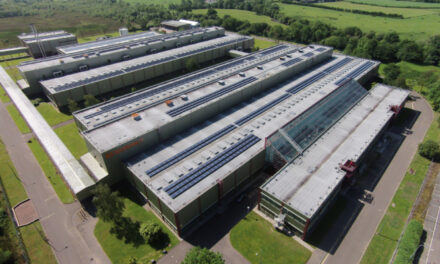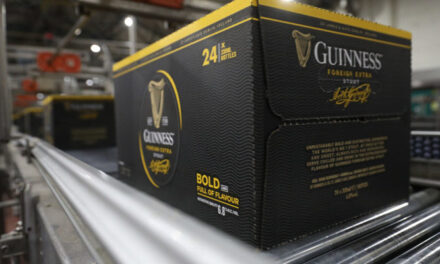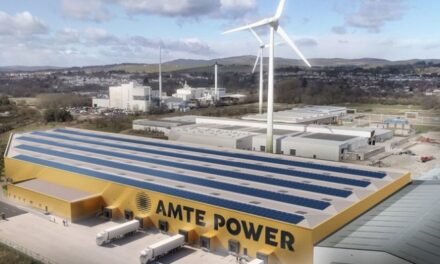3D printing speed is an integral consideration for any 3D printing project. After all, fast printing saves time and money. It allows you to print more products or components over a shorter time period.
3D printing speed has increased dramatically as technology advances. However, you still need to make sure that you’re not sacrificing quality in exchange for speed.
If you’re planning a new project, here’s a useful guide to how fast 3D printing is.
How Does The Size Of The Print Affect The Print Time?
The speed can vary dramatically from one project to the next. A set of simple toothbrushes, for example, will take far less time than it takes to print complex components for an aircraft or motor vehicle.
There are several factors that affect the overall 3D printing speed and time, including:
- The size of the 3D print
- The complexity of the 3D print
- The top speed of 3D printing
The size of the print is one of the biggest factors in terms of speed. This is because generally speaking the larger the 3D print, the longer it’s going to take to print.
Of course, there are different measures of size to look at, too. Given the impressive array of technology available today, it’s just as feasible to 3D print an entire house as it is to 3D print the toothbrushes we mentioned earlier!
The two most important sizing factors that affect how fast 3D printing projects are completed is the height of an item and the volume of an item. The taller and more voluminous a project, the longer it will take. Taller items often take longer to complete than shorter items, but more time than voluminous items.
Going back to our examples, a toothbrush can be 3D printed in a matter of minutes with the best 3D scanners. But, a 3D house will take several days to be completed. Although that’s still an impressive achievement!
In the middle, more complex components designed for engineering projects take a few hours to be 3D printed, particularly if quality and accuracy are a necessity.
Can Settings Be Adjusted To Speed Up The Process?
3D printing speed can be controlled throughout the printing process. Allowing it to be sped up or slowed down where necessary – that’s the case with the most up-to-date 3D printers, which have speed controls as standard.
The settings can be controlled through the 3D printing software that a technician uses during a project. This is important because, as discussed, complex objects often need to be printed more slowly than simple objects.
If simple objects are being printed, the technician can set the speed to the highest setting and churn them out as needed. If a complex component is being 3D printed, the technician can slow the process down to be certain that the components exceed quality requirements. As you might imagine, it can take skill and experience to get the balance right.
3D printers have a range of speed settings, but in technical terms the speed of a printer is measured by the number of millimetres that can be printed per second (or mm/s).
There are three major speed settings that dictate how fast a project can be printed.
These are 50mm/s, 100mm/s and 150 plus mm/s. Traditionally, using the highest setting on a printer would result in fast 3D printing, but inferior quality printing. As 3D printers have improved, this has become less and less of a problem.
High-quality items can therefore be printed using higher speed settings, without sacrificing accuracy. Settings higher than 150 mm/s however can prove to be of a lower quality, but are fine for simpler projects.
What Are The Risks Of Speeding Up The Printing Process?
In an ideal world, it would be possible to print everything on the highest speed setting possible, using the fastest printing processes.
In reality, fast 3D printing can often compromise the quality of a finished product. If you’re only printing toothbrushes or other simple objects for everyday use, then this may not be a problem.
If you’re 3D printing technical items or components that potentially pose risks to health if they fail, then the speed often needs to be exchanged for quality. The risks posed by speeding the printing process up include an inaccurate finished product that might not meet quality control standards or could result in accidents occurring. Ultimately, while printing speed is always improving, it’s still important to get that balance between speed and quality right.
Does The Type Of Printer Affect The Speed?
The type of printer that’s used can affect how slow or fast 3D printing speeds are. The most up-to-date printers allow things to be printed rapidly, without endangering the quality of the finished project.
One of the most popular forms of printer uses FDM – Fused Deposition Modelling – technology. It provides an excellent balance in terms of cost, speed and quality. These include the likes of the Stratasys Mojo FDM or the Ultimaker 3 Extended FDM.
Central Scanning also has its own in-house designed and built 3D printer. It is appropriately named Printer McPrintyface, which works rapidly using FDM technology.
Software is also important when it comes to maximising speed and retaining quality, as are the skills of the technicians working on the project.
Contact Central Scanning For All Your Printing Needs
Central Scanning has more than a decade’s worth of experience providing services and equipment in the 3D printing industry. We stock a fantastic range of products, all at affordable prices.
Our expert team also offers a wide range of services. Our team is ready to help you with your next project, so don’t hesitate to get in touch to find out more. Contact Central Scanning today to find out more.
All the latest Manufacturing News brought to you by AIM Internet.
AIM Internet specialise in digital marketing services that provide strategic online marketing solutions to grow your business. Contact us today to find out more.

